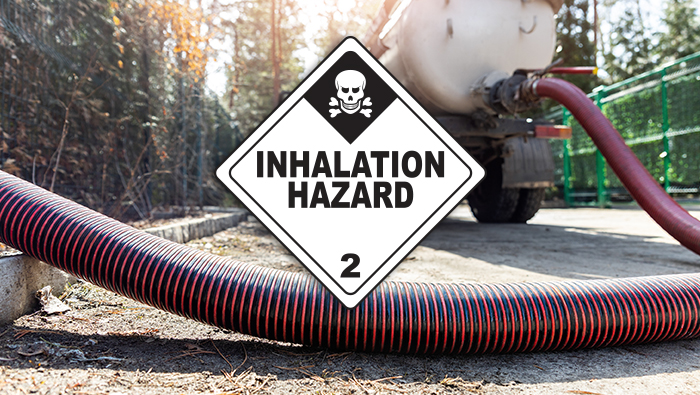Recently, investigators from the Occupational Safety and Health Administration (OSHA) found that an oil and gas waste company in Texas failed to protect workers from chemical inhalation hazards. Subsequently, an employee suffered fatal exposure to hydrogen sulfide while on the job in September 2022. In sum, investigators cited the company for six serious safety and health violations. Violations of the General Duty Clause of the Occupational Safety and Health Act of 1970 (OSH Act) can result in significant fines and penalties. Earlier this year, OSHA issued a more aggressive instance-by-instance citation policy for specific “high-gravity” serious violations.
Overview of the Chemical Inhalation Hazards and Other Violations
During OSHA’s initial investigation, they found six significant workplace safety violations at the company’s production waste facility. Investigators learned that the company exposed workers to several workplace hazards in addition to the hazardous gas. Specifically, OSHA cited the company for the following violations:
- Exposing employees to chemical inhalation hazards
- Failing to train employees on hazards associated with hydrogen sulfide exposure
- Not providing a quick body drench or eye flush station in the immediate area where employees work with corrosive materials
- Failure to perform a hazard assessment to determine necessary personal protective equipment (PPE)
- Not protecting employees from fall hazards greater than 4 feet
- Lack of protection from contact with energized circuits
At the time the incident occurred, the employee was skimming and suctioning out sludge water and oil byproducts from a sump pit. Subsequently, the employee was exposed to a lethal concentration of hydrogen sulfide. Hydrogen sulfide is a colorless gas with a pungent “rotten egg” smell. It is highly flammable and toxic. It occurs naturally in sewers and oil and gas wells and is associated with the oil and gas refining industry. Its health effects depend on concentration and length of exposure and can range from mild headaches and eye irritation to unconsciousness and death.
Employer Duty to Prevent Exposure to Workplace Hazards
The OSH Act, which established OSHA, sets and enforces workplace safety and health standards. In doing so, it assures safe and healthful working conditions for working men and women. Notably, the OSH Act’s General Duty Clause requires that all employers:
- shall furnish to each of his employees employment and a place of employment which are free from recognized safety hazards that are causing or are likely to cause death or serious physical harm to his employees; and
- shall comply with occupational safety and health standards promulgated under this Act.
To comply with the OSH Act’s General Duty Clause and to avoid OSHA safety violations and costly litigation, employers should recognize and fix common workplace hazards. Indeed, these common workplace safety hazards include chemical inhalation hazards.
Penalties in the Chemical Inhalation Hazards Case
OSHA assessed $39,064 in proposed penalties against the company for the unabated chemical inhalation hazards and other safety violations. According to OSHA Area Director Diego Alvarado, “This terrible loss could have been prevented if [the company] had followed established safety procedures and provided federally required training and equipment.” Next, the company has 15 business days from receipt of the citations and penalties to either comply, request an informal conference, or contest the findings.
PPE Compliance Training for Employees
OSHA standards regarding PPE under 29 CFR Part 1910, Subpart I require every employer with one or more employees on payroll to perform a workplace hazard assessment to determine if any PPE is needed, provide employees with appropriate PPE, and train affected employees on PPE use. PPE is specialized safety equipment that can prevent specific types of injuries from specific hazards, including chemical inhalation hazards. To help employers fully comply with OSHA’s PPE training and documentation requirements, Personnel Concepts has introduced a comprehensive, interactive PPE Compliance Training for Employees. This e-learning module includes information on eye protection, face protection, hand protection, foot protection, hearing protection, respiratory protection, electrical hazards protection, and fall protection, according to a business’s needs assessment. In addition, employers receive a digital employer PPE compliance guide. The guide includes links to digital documentation forms to ensure compliance with obligations.

